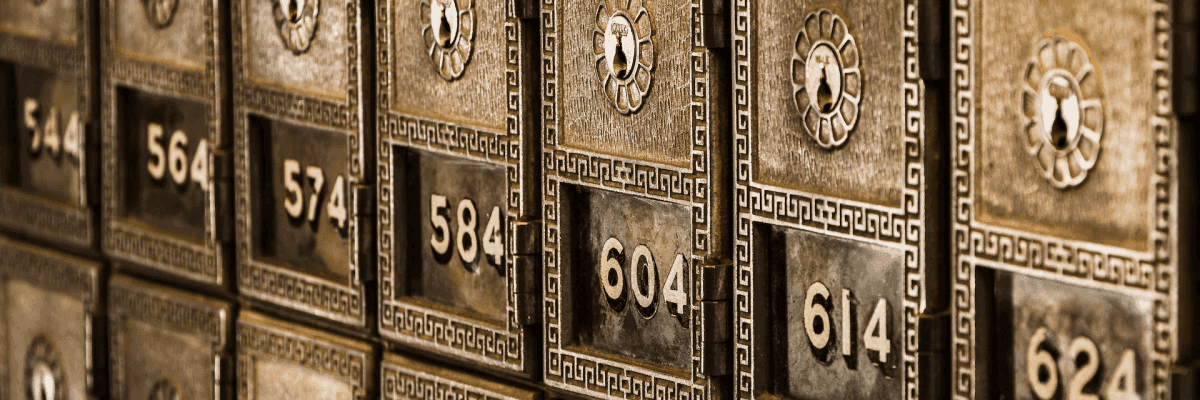Opening a bank account is an inevitable financial milestone in a person’s life. However, at some point in your lives, you’ve probably wondered, “When did I open my bank account?”
In this article, we will answer all your questions about bank accounts that were opened in your name, how far back in time you can go by digging through your current account history, and find out when your old bank account was opened and closed.
How to find the date of opening a bank account?
It is unlikely that anyone remembers when they opened their bank account, nor is there any need to. You can find it out in just one step.
- Open your online banking profile on the bank app on your phone or website and click on the “account” section, where is all the information about your current accounts.
- Another way is to request bank statements online or in hard copies.
If the bank account was opened five years ago, then you’ll need to contact the customer service department online or visit your bank branch. In this situation, identification documentation (such as a passport or driving license) is required.
How do I find out if a bank account was opened in my name?
Found a new bank account that you don’t recognize? Well, it seems to be time to log in to your online banking profile.
It does not necessarily mean that you are the account holder of an unfamiliar account. It can be one of your savings accounts that a parent or guardian has opened for you or old additional bank accounts that just slipped from your attention.
Either way, it is worth checking. If you have Internet banking, you can log in to the account online or on an app and see all of your additional bank accounts.
How to check the accounts in my name?
To check whether a new bank account has been opened without your knowledge, request a copy of your credit file from the relevant credit reporting agencies. The report contains a detailed list of active accounts that have been opened in your name.
Once you have received the report, it is essential to do a credit check to ensure there are no lost savings or unclaimed funds. You can do it by logging into your bank account profile and looking for any unclaimed money related to inactive or old accounts that may belong to you.
You can also talk to your family members to find out if there are any inactive accounts in your name. Their insights or discussions may jog your memory.
What should I do if I suspect identity theft?
To open a bank account, most banks ask a security question about when you opened your account, as well as the date of birth and proof of address. It means that if an unknown account exists, your identity probably has been stolen.
📚Related: Proof of Address in the UK
It is important to report it immediately to the bank, building society, or credit card company associated with the suspected fraudulent account. Inform them of your concerns and provide them with all relevant information.
What to do next?
It is recommended to contact CIFAS, the UK fraud prevention service, to apply for a protective registration and follow the steps recommended by the Independent Commissioner’s Office (ICO) to resolve the problem effectively.
Do not delay in taking these steps to safeguard your finances and begin resolving any potential identity theft issues.
How to secure your new bank account?
Identity theft is an offence that makes life extremely difficult and stressful when you don’t know what to do with your savings account, the money you have on your bank card, and all your other current accounts.
Therefore, it is relevant to take preventive measures to avoid this.
- Complex password
Use a unique and complex password for your online banking account. It is advisable to use two-factor authentication (2FA), which provides additional security.
- Regular monitoring
Pay attention to regular monitoring of existing accounts. You know your financial behaviour. Review your bank statements and online shopping payment history, and look for suspicious money transfers.
- Additional measures
It is also important to only connect to your current account using a secure network and to choose a strong security question to ensure security. It is recommended to choose a security question that is hard to guess or not publicly available.
Note, that by following these steps, you can increase the security of your bank account and protect your financial information.
What is open banking?
Open Banking is a financial concept that refers to the sharing of financial data between different financial institutions, third-party developers, and existing customers.
Open Banking allows individuals to authorize secure access to their financial information on flexible savings accounts, e-money account, debit cards, or other data and to share it with authorized parties.
Whether Open Banking can access bank account data for the desired date depends on the policies and capabilities of the participating financial institutions.
How far back can open banking see?
In general, information and access to transaction history and account information can be made available from the moment a bank account has been opened or a financial institution has implemented Open Banking.
Most banks keep the statements of their existing customers for up to five years. However, often for legal and privacy reasons, the exact duration of data availability and retention may vary between institutions and regions.
How do I find out when my bank account was closed?
When you close your account, you’ll usually receive a message from the bank.
You can check the date of closure in your bank statements or see the transaction history for the last transaction made on the account.
You can also contact the bank directly to find out when your account was closed.
How do I find out what address I used to open my bank account?
In most banks, you can find the address used to open your current account in your bank account opening document by checking your bank statements or internet banking. Alternatively, you can always contact your bank’s customer service department.
Can I switch bank accounts?
Yes. If you don’t like your current account, you can consider switching to a more suitable one using the Current Account Switch Service.
How do I switch bank accounts?
This service covers everything from closing the current account of the customer to
transferring your balance and updating payments to the new bank and providing a new contactless debit card.
If you have an overdraft account, you can switch it, provided that your bank allows it. A transfer form may be required for a savings account, while joint account holders must agree to the change of account.
It is also advisable to check before opening a new account that the old bank does not impose early withdrawal charges.

